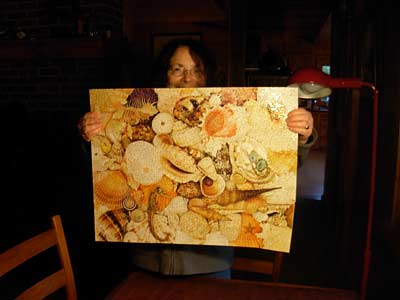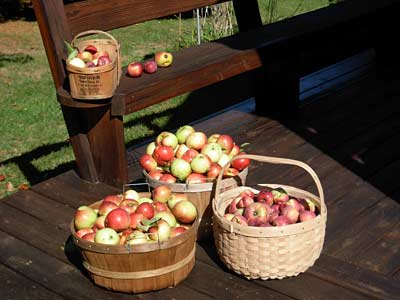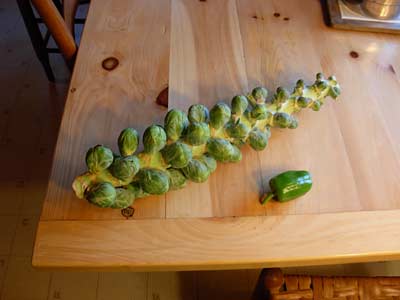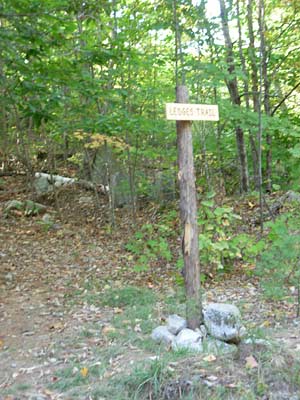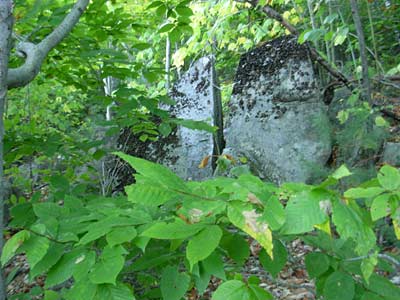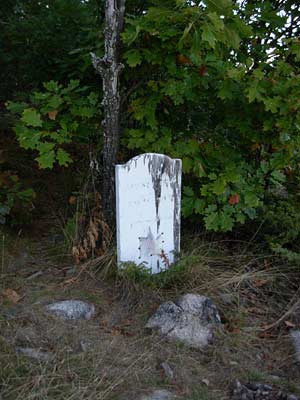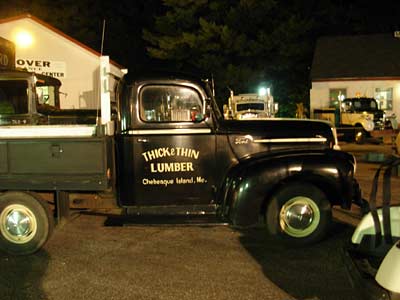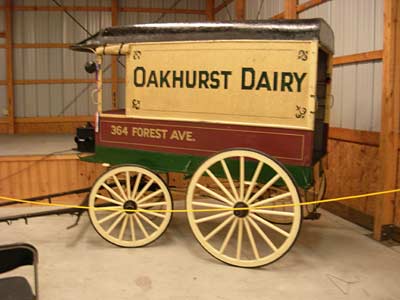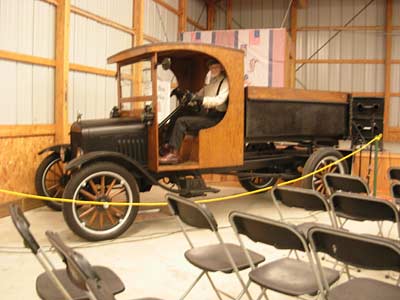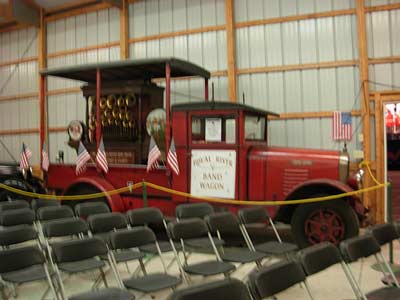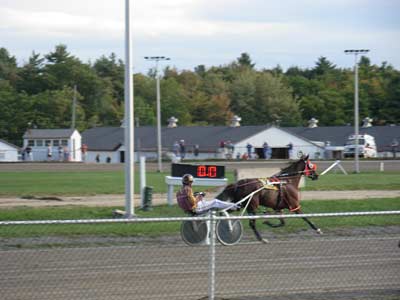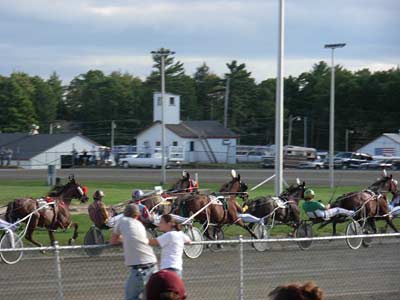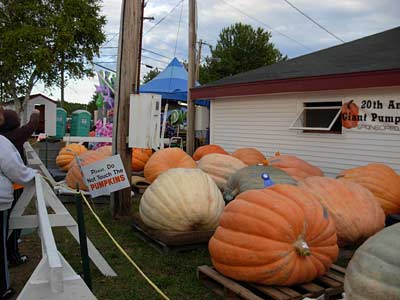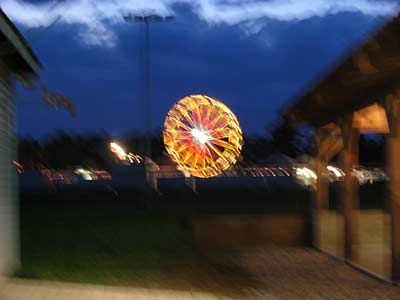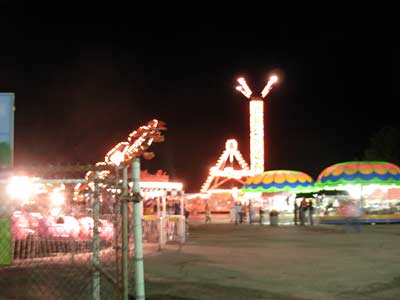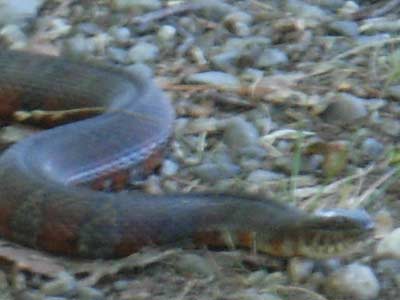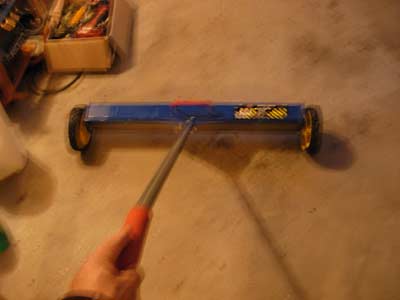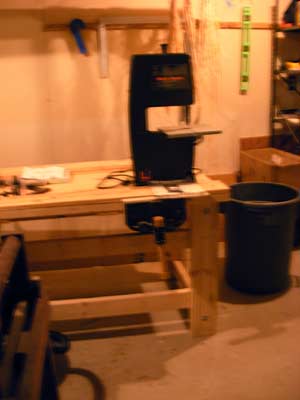Don’t know about you, but I’ve seen several emails over the last couple of weeks with a number trick that goes something like this:
*****************************************
Write down how many times a week you would like to dine in a restaurant, at least 1 but less than 10 times.
Double that.
Add five.
Multiply by fifty.
If you’ve had your birthday already this year, add 1757. If not, add 1756.
Subtract the year you were born.
The answer is a three digit number. The first digit is the number of restaurant meals you started with. The last two digits are your age.
******************************************
Amazing? Not particularly. As your friendly local internet mathematician, I’d like to show you how this trick works. Once you know, you can figure out how a zillion things like it work.
First of all, if you don’t know how old someone is but you know their date of birth, you can figure out their age by subtracting the year they were born from the current year, if they’ve had their birthday by now, or from last year, if they haven’t had their birthday yet. Think if someone had a baby last year — how old is it? If it’s had its first birthday by now, it’s one year old. If not, it’s not a year old yet. OK. So the trick is a tricky way to get you to subtract the year you were born from 2007 or 2006, without your knowing that’s what you’re doing.
The way we’re going to do that is to hide the 2007 or 2006 by building it up out of other numbers which don’t look like it and which we can get rid of later. Fortunately, numbers are totally predictable. Remember hearing about some things like associative and commutative properties? They really just mean that if you do the arithmetic right, you can undo things later and be confident you’ll get back what you expect. Algebra, I know lots of people hate hearing the very word and if you’re one of them you’re excused from reading the rest of this post, is just a way of doing arithmetic without knowing what the numbers are, so you can keep track of the underlying structure. So lets roll up our sleeves and do some algebra. It really won’t hurt.
Since I don’t know how many times a week you want to dine in a restaurant, I’m going to say,
“Let x = the number of times a week you want to dine in a restaurant”. So for step 1, you wrote x.
The key thing that my high school math teachers said over and over and over is “Let x = the NUMBER of something”. I don’t know how to do arithmetic or algebra with “how old you are” or “how many times”, or that kind of stuff. Only with NUMBERS. Sorry for shouting there, but it’s THE KEY THING. A NUMBER. Any time you do a word problem in algebra, let x = A NUMBER!
Double that. That means multiply it by two. In algebra, we write that as 2x.
Add five. In algebra, we just write down the arithmetic problem and don’t worry that we don’t know what it comes out to: 2x + 5.
Multiply by fifty. Now we need to use the distributive property of numbers, but it even makes sense. Someone I used to teach with (his last name was Natapof, and I forget the first name) explained it like this:
“Suppose you had a bunch of eggs. You could pack them in cartons of a dozen each, and you’d have some left over. Now, suppose you had twice as many to start with. That would make twice as many dozens, and twice as many leftovers. Twice as many eggs is twice as many dozens plus twice as many leftovers.”
Now, if you had fifty times as many, that would make fifty times as many dozens and fifty times as many leftovers. That’s the distributive property at work. So to multiply by fifty, we write 50(2x + 5), but that’s 50 times 2x plus 50 times 5, or 50 times 2x plus 250. Now the associative property of multiplication says that 50 times 2x is equal to 50 times 2, all times x. 50 times 2 is 100, so we’re up to 100x for that part, or 100x + 250 all together.
The next thing was to add 1757. So we have 100x + 250 + 1757. The associative property of addition says that we’ll have the same thing if we add 100x + 250 first and then add 1757, or if we add 100x to what we get when we add 250 and 1757. Since we can do the arithmetic for 250 + 1757 and just get a plain number, we might as well do that. Lo and behold, we get 2007. So the whole thing is 100x + 2007 (or 100x + 2006 if you haven’t had your birthday this year yet.)
By now I’m getting sick of explaining, so I’m just going to say that at this point you can probably see that after you subtract the year you were born from whatever you had there, you have 100x + your age. The 100x is just the first digit of the 3-digit number.
The good thing about algebra is that it doesn’t have all those words in it. If you’re comfortable using algebra, which is a different thing from “if you know algebra”, you would just write
Let x = the number of restaurant meals
2x
2x + 5
50(2x + 5) = 100x + 250
100x + 250 + 1757 = 100x + 2007
100x + 2007 – year_of_birth = 100x + (2007 – year_of_birth) = 100x + age
So there you are. I AM comfortable using algebra, so whenever I get one of those emails, I don’t say, “amazing!,” I get out a pencil and paper, do a few lines of algebra, and say, “ho hum, another of those.”
Signed,
Your Friendly Local Internet Mathematician
